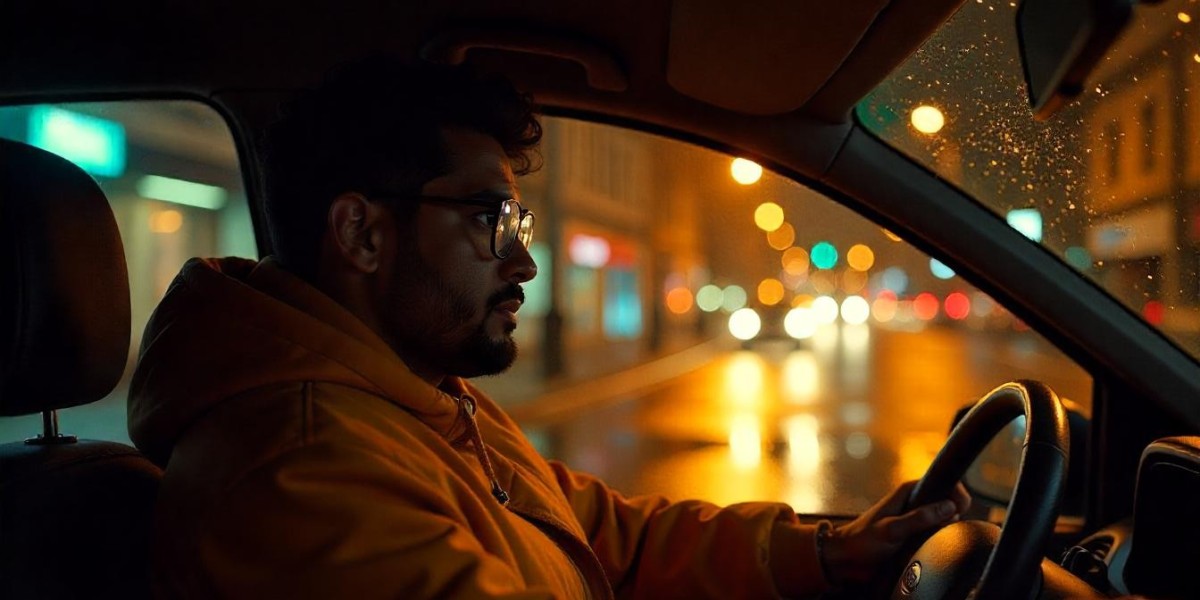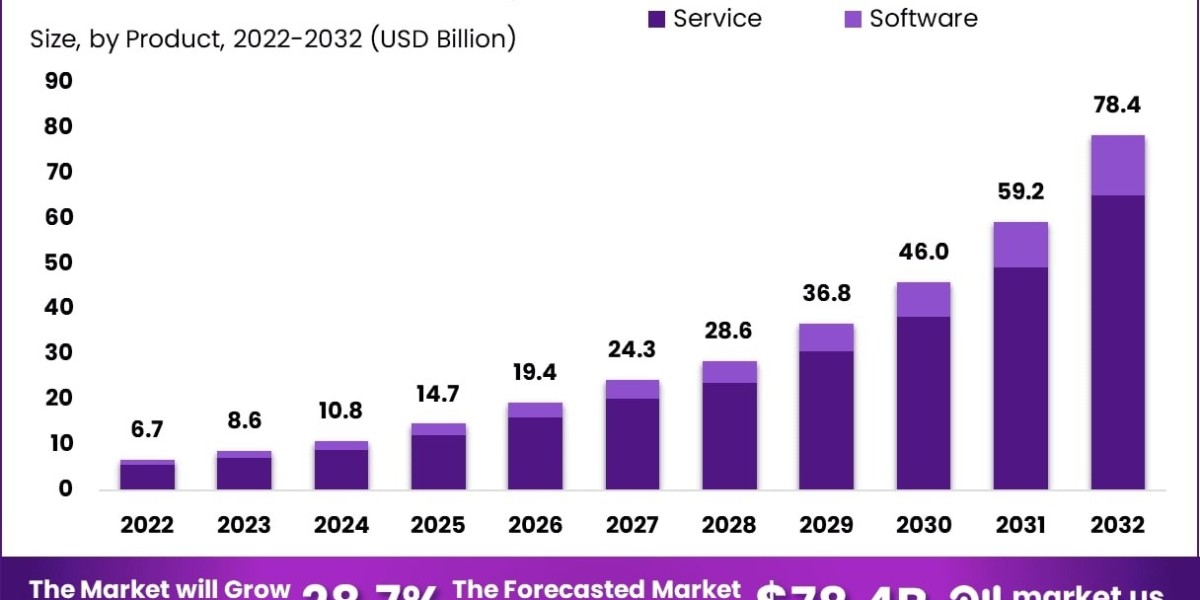Every year, people travel from different regions of the country to visit the Valley of Flowers trek in Uttarakhand. It is situated in the Chamoli district. This UNESCO World Heritage Site flowers between June to September, with the peak of blooming in July to August. The valley is a sight to behold as it contains more than 500 species of blossoming alpine flowers, containing the rare blue poppy and Brahma Kamal.
Why Valley of Flowers Trek is Unique
This is a national park inscribed by UNESCO, which has very rich botanical and biological diversity.
For a beginner or even a seasoned walker, gentle to moderate trekking is offered, making it a great choice for all.
There are quite a few musk deer and Himalayan monal along with blue sheep and snow leopard, which means good wildlife and birdwatching.
The spiritual aspect of the trek can be added by climbing to the world’s highest Sikh gurudwara, Hemkund Sahib, which is about 15,200 ft.
Trip Itinerary: Flowers, Serenity and Peaks
Trek Duration: 6 Days | Total Distance: 38km | Maximum Height: 14,399 ft
Day 1: Shikesh → Pipalkoti → Govindghat → Trek to Ghangaria
Starting from Shikesh we will reach Pipalkoti which is 200km and a 10hr drive. Then from Pipalkoti to Govindghat is a 2hr drive of 52km. Once we arrive at Govindghat, we will take share jeep to Pulna which is the final destination accessible by road. From there a trek of about 9 km (4 hours) to Ghangaria at the altitude of 3000m begins.
Rest Ghangaria: basic guesthouses or dorms, including dinner.
Day 2: Ghangaria → Valley of Flowers → Ghangaria Return Trek
Starting early, make the round 4 km trek one way to the valley of flowers, which is at 3500 m. The trek is interspersed with beautiful flowers along meadows so it is a delight.
Explore the valley for 6 to 7 hours. You can enter anytime after 7 am but have to leave before 5 pm.
In full bloom, we can marvel at blue poppies, marigolds, orchids as well as Brahma Kamal.
Day 3 (Optional but recommended): Ghangaria → Hemkund Sahib → Ghangaria
Total 4 hours, 12 km trek, 6 km to 15,200 ft climb. Steep, but rewarding.
The gurudwara has a utterly serene view with the alpine lake, Brahma Kamal flowers blooming around it. Here, one can do spiritual activities and also partake in their Langar meals.
Day 4: Return Trek to Pulna and Drive to Govindghat or Joshimath
5 hour, 9 km trek to Pulna, 15 minute jeep ride to Govindghat to Josimath or Pipalkoti.
Day 5: Pipalkoti or Joshimath to Rishikesh
Timed for early hours to arrive at Rishikesh around 5-6 PM.
350 m distance.
Day 6: (Buffer/Optional): Explore the region Leisure day or local exploration
TrekYaari Offers Packages and Pricing
Trekyaari does not specifically highlight pricing on treks, but some documents and listings suggest that a six-day Valley of Flowers trek along with Hemkund Sahib would be around ₹7,000 to 8000. This would include permits, meals, and guesthouse accommodations.
Included amenities:
Shared stay at Ghangaria, Govindghat, or Pipalkoti.
Day 1 dinner to Day 5 dinner (vegetarian only).
Provided valley guides include trek guides and a flora-specialist.
Entry for the Valley of Flowers National Park.
Basic first aid, and insurance for high altitude trekking (based on provider policy).
Incentives for travel and discounts for TrekYaari comprise a free travel card, gear discount, and voucher offers.
Excluded attendees:
Transport from Haridwar/Rishikesh to Govindghat (making use of a vehicle will cost between ₹8,000 and 13,500).
Optional pony, horse, or porter service paying from ₹800 to 2000 one way).
Personal tips, expenses, and camera fees.
Staying in upgraded accommodations or privately incurs additional fees.
Summary of estimated cost:
Rough cost per item on expenses:
Trek package base (6 day)
₹9,000
Transport Rishikesh to Govindghat (shared)
₹1,500-2,500
Optional pony/porter for round trip
₹1,600-4,000
Aggregate:
₹11,000- ₹15,000
Rough TrekYaari quotes and pricing from local operators align with this estimate.
Best Time to Trek: Maximizing Bloom Phases, Minimizing Hazards
The best time to complete the ‘Valley of Flowers’ trek is between July to early September, with mid July to early August being the peak bloom period. For those who prefer to avoid crowds, the period of mid August to early September is equally gorgeous but offers a much more serene experience.
Travel caution: The early monsoon period poses the risk of heavy rainfall, flooding as well as landslides. There is a potential for roadblocks between Devprayag to Joshimath, or Govindghat. Keeping buffer days while monitoring the weather would help.
Getting Ready for the Valley of Flowers Trek
Fitness & Altitude
Moderate trek, requires some level of fitness, best with some stamina
Staying overnight at Pipalkoti or nearby helps with acclimatization before further stratifying the altitude.
Essential Gear
Backpack 65L - 75L, warm clothes, waterproofs, trekking shoes, vessel for water, sunscreen, insect repellent, flashlight, personal medications.
Optional: trekking poles, sleeping bag if required.
Permits & Regulations
A forest permit is required and is usually included in the managed tours.
Camping is banned within the park boundaries— overnight stays are only permitted in Ghangaria or immediate base villages.
Best Practices to Enhance Your Trek
Like with any other trekking tour, the earlier the start, the more time you get to spend inside the Valley. Plan to arrive early to fully appreciate the valley in the early morning bloom.
Thematic Interpreter: Numerous operators offer a flower-specialist guide for identifying rare species such as blue poppy and Brahma Kamal.
Considered as a Visit to Hemkund Sahib: Is relatively gentle and purely mountainous for those who are fit, adding breathtaking views and some spirituality.
Photography: Include a rain cover and lens cloth as part of your photography equipment—monsoon mist and dripping petals are problematic for gear.
Cash and Services: Only Joshimath and Pipalkoti have ATMs. Mobile networks have limited coverage.
If You Are Coming During The Monsoon, Don’t Forget To Bring Shuttle Schedule To Expect.
Why The Valley of Flowers Trek Is An Unmissable Attraction
Particular attention must be paid to the delicately woven ecosystems which are nothing short of fascinating as well as the outstanding beauty of the valley itself which makes the flowers valley trek an angelic locale which is nothing short of true bliss for nature enthusiasts. The Himalayas are an indisputable wonder of the world dating back to time immemorial. Whether you travel with us or any other agency, we hope that you are enraptured by the beauty of the valley. It is an alluring trek as every corner of the valley is impossibly charming for the tourists
At nearly 14,400 feet, the altitudes boast blue poppies, primulas, and even marigolds. Listen closely for the Himalayan monal calls while musk deer and brown bears come into view. By trekking to Hemkund Sahib, you can gather your thoughts and enjoy storytelling and spirituality by the serene lake, cherishing the moments long after the trek.
Final thoughts
The experience in the valley of flowers trek is remarkable and one of the best. If you desire to break away in the embrace of unrivalled nature, this is where you need to go. This valley offers unmatched peace alongside vivid hues and deep-rooted traditions. Based on features and prices from TrekYaari, the six-day journey costs between 9,000 and 15,000 train rupee, excluding transport and pony options.
Nature lovers will find the breathtaking views of the dominating orchestral peaks and breathtaking lusciously vibrant meadows and valleys to be delightful. Start packing your bags and lacing your shoes up; there’s a piece of heaven that’s ready to be discovered.





